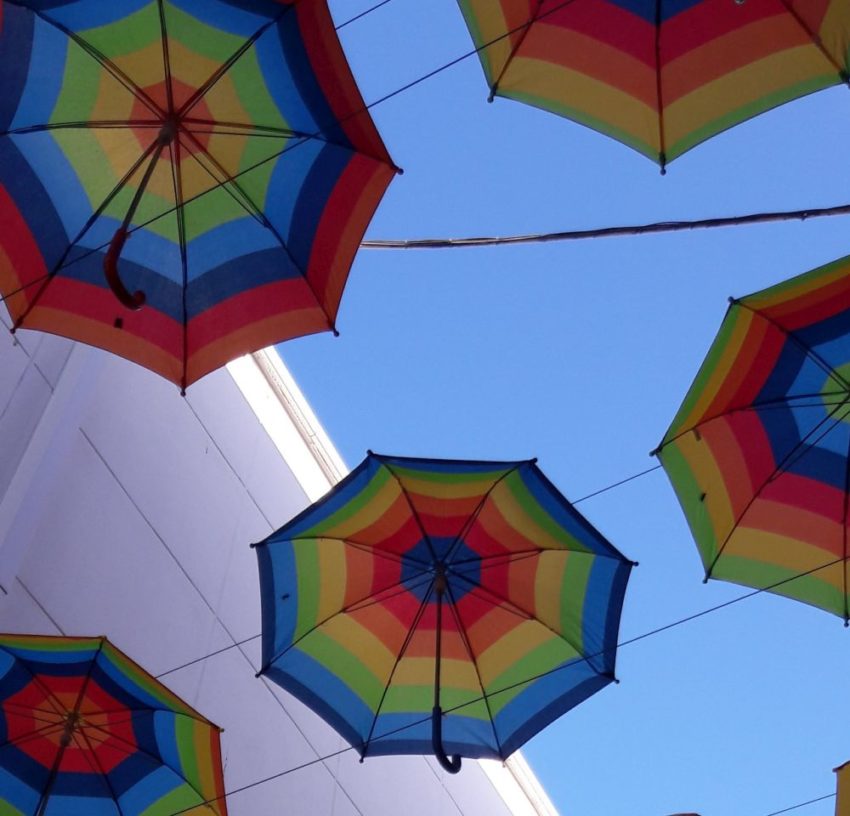I am always quite fascinated by those people who lurk in the corners of museums. I’m not talking about unsavoury characters, but the room attendants, the ones who stand there quietly and make sure that no one chucks red paint at artworks or glues themselves to the exhibits. Personally, I’d leave those gluers attached – I think they’d become quite an attraction in their own right. You could just call it an installation and people would flock from miles around.
Sadly, I think the life of a room attendant involves very little glue and a lot of tedium. When visitors do talk to them it’s probably mostly to find out where the loo is or why the painting they’ve travelled expressly to see isn’t on display. (That last one might just be me.) And I think this could explain why they’re starting to go rogue.
I have seen quite a few stories in the papers lately (I know, so quaint!) about museum workers who are clearly, but quietly, out of control. I won’t even start on all the works that have gone missing from the British Museum in recent years, unnoticed by the people who presumably are being paid to keep track of them. That’s just a combination of greed and incompetence. Although theft isn’t always about greed: the delightfully named Kempton Bunton stole a valuable Goya painting from the National Gallery in London back in 1961 to draw attention to his campaign to provide affordable TV licences for older people. The whole escapade, which he referred to as ‘honest-to-goodness skulduggery’, was made into a rather sweet film called The Duke, but this is all by the by.
What has been making me smile is the museum workers who are just quietly up to mischief, probably from sheer boredom. There’s the one who hung his own painting on the wall in the Museum of Modern Art in Munich. No-one knows how long it was hanging there. I think if you were to replace a Rembrandt or a Caravaggio with one of your own paintings someone might notice, but I can think of quite a few prominently displayed artworks that are highly replaceable. In many cases, contributions from the local artistic community would be very welcome. The Museum didn’t see it that way and he lost his job.
My favourite story, though, is the Russian security guard who added eyes to the blank faces on a valuable avant-garde painting. He was fired immediately, but I do understand the urge. Miffy the rabbit seems to manage fine without a nose, and having no mouth hasn’t held back the careers of Hello Kitty or Gromit (Wallace’s faithful dog), but no eyes? That’s just creepy. I can see how this might get to you if you had to live with it for days, weeks and months on end, but the Russian broke quickly and added the eyes on his first day at work.

I don’t think I’d be tempted to improve a Vermeer, but I’d very quickly feel an irresistible urge to add a few more splatters to a Jackson Pollock painting. On the whole, I think perhaps museum attendants should use their own judgment in this. Leave the Old Masters alone, but anything post 1940 is fair game. Although they’d need to have a new job lined up first.


Woefully late to this post. At the risk of adding to your book pile can I highly recommend reading ‘All the Beauty in the World’ by Patrick Bringley about a guy who became an attendant at the Met in NY whilst grieving after his brother had died.
Much more uplifting than it sounds. I can lend you my copy…
I’d love to read it.